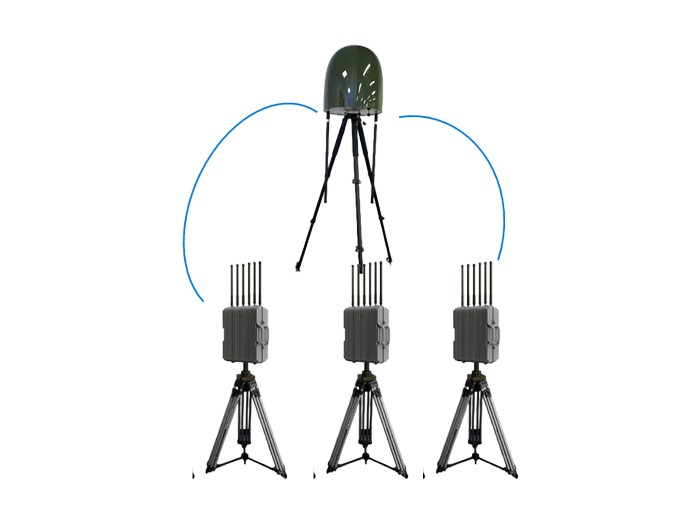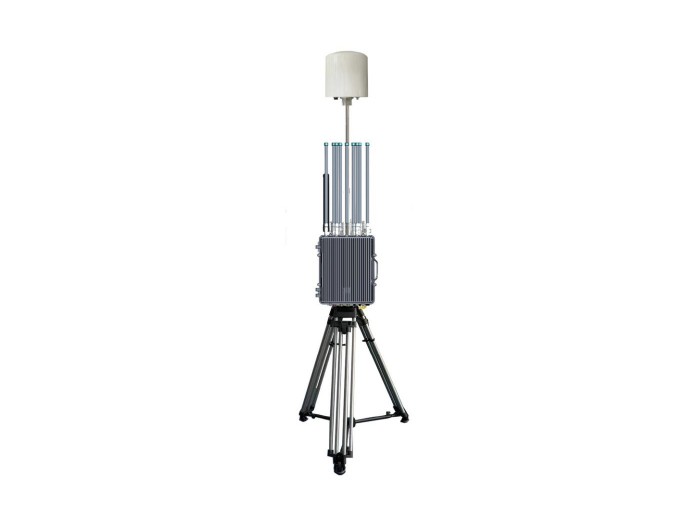Unmanned Aerial Vehicle Shotgun for Military: Innovation, Applications & Trends
In modern warfare, the demand for versatile and lethal unmanned systems continues to grow rapidly. Military strategists and defense contractors are actively seeking advanced solutions to enhance close-range combat capabilities without risking human lives. One emerging technology gaining traction is the unmanned aerial vehicle (UAV) shotgun—a drone-mounted shotgun designed specifically for tactical military operations. With increasing emphasis on urban warfare, crowd control, and rapid-response scenarios, the integration of shotguns on unmanned platforms provides a unique blend of firepower, precision, and operator safety. This trend aligns with broader defense industry goals of leveraging cutting-edge unmanned weapon systems to optimize mission outcomes in complex battlefield environments.
However, questions remain regarding the operational advantages, technical challenges, and real-world applications of UAV shotguns in military contexts. To address these concerns, this article offers a detailed exploration of unmanned aerial vehicle shotguns for military use. Whether you are a defense analyst, military procurement officer, or technology enthusiast, understanding this innovative weapon system can provide valuable insights into the future of autonomous combat platforms.
1. Understanding Unmanned Aerial Vehicle Shotguns: Definition and Technology
An unmanned aerial vehicle shotgun is a remotely operated drone equipped with a shotgun firing mechanism, intended for use in tactical military operations. Unlike traditional aerial drones that focus primarily on reconnaissance or missile deployment, UAV shotguns offer short-range but highly effective firepower for scenarios requiring rapid engagement of threats on the ground.
Technologically, these systems integrate lightweight semi-automatic or pump-action shotguns within stabilized gimbals for accurate targeting. Advanced targeting algorithms allow operators to lock on to both stationary and moving targets with minimal delay. The drones typically feature secure communication links and autonomous operational capabilities, enabling execution of complex engagement orders in contested environments.
According to a 2023 report by Defense Innovations Group, approximately 65% of new tactical unmanned systems tested in live-fire drills incorporated some form of projectile weaponry, with shotguns rapidly gaining interest due to their versatility. The UAV shotgun’s ability to deploy a variety of munition types—including buckshot, slugs, and less-lethal rounds—expands its operational flexibility across combat and law enforcement missions.
Key Technical Features:
- Lightweight drone frame optimized for payload balance and flight endurance.
- Shock-absorbent mounts to manage the recoil impulse of shotgun discharge.
- Real-time video feeds with ballistic trajectory prediction overlays.
- Encrypted control systems to prevent electronic countermeasures.
2. Benefits of UAV Shotguns in Military Operations
Deploying shotgun-equipped UAVs in military scenarios introduces several critical benefits. First, they enhance force protection by allowing operators to engage hostile targets remotely, thereby minimizing risk to personnel in high-threat zones. In close-quarter battlefields or urban combat zones, the shotgun’s high stopping power and spread make it especially effective for quickly neutralizing threats behind cover.
Second, the UAV shotgun offers rapid deployment and mobility. These drones can access confined or difficult terrains where ground vehicles and soldiers might encounter obstacles or ambushes. For instance, during counter-terrorism missions inside dense urban environments, UAV shotguns provide tactical surprise and multi-angle threat engagement capabilities.
Moreover, UAV shotguns excel in less-lethal and crowd control applications. They can be loaded with rubber pellets or bean bag rounds to incapacitate rather than kill, which is crucial in peacekeeping or riot management operations. This adaptability increases mission scope without the need for multiple separate systems.
Recent military trials have shown that UAV shotgun systems reduce operator response time by up to 40%, compared to conventional man-portable shotguns, significantly improving mission success rates in dynamic combat conditions.
3. Real-World Military Applications and Use Cases
The deployment of unmanned aerial vehicle shotguns is seeing increasing real-world adoption across various military forces globally. Some of the prominent use cases include:
- Urban Combat and Close-Quarters Engagements: Armed UAVs equipped with shotguns provide an aerial vantage point to engage insurgents hiding in buildings or behind barricades, allowing precision strikes without exposing ground troops.
- Special Operations and Reconnaissance: Special forces units utilize UAV shotguns to silently neutralize threats during stealth missions, with the drone’s nimbleness adding tactical advantage.
- Border Security and Anti-Smuggling Operations: Many military border agencies are adopting these UAVs to interdict illicit transporters or armed smugglers with rapid aerial firepower support.
- Peacekeeping and Crowd Management: Deploying less-lethal rounds from UAV shotguns during riots or protest scenarios helps minimize civilian casualties while restoring order effectively.

For example, a NATO evaluation exercise in 2023 demonstrated that UAV shotgun deployments reduced ground unit casualties by 30%, validating their operational effectiveness in coalition missions.
4. Emerging Trends and Future Outlook
The future of unmanned aerial vehicle shotguns is poised for significant innovation driven by advancements in AI, materials science, and autonomous control. Next-generation UAV shotguns will likely incorporate machine learning algorithms enabling autonomous target recognition and engagement based on pre-programmed rules of engagement, reducing operator workload.
Additionally, research into recoil mitigation materials and smart ammunition will boost mid-air stability and precision, enabling these drones to carry higher-capacity weapon systems without compromising flight performance. Integration with broader battlefield command-and-control systems will facilitate swarm tactics—allowing multiple UAV shotguns to coordinate simultaneous attacks on complex threats.
Industry analysts project that by 2030, unmanned weaponized drone systems, including shotgun variants, will constitute over 25% of deployed tactical firepower in urban and asymmetrical warfare theaters worldwide.
Want to learn more about how unmanned aerial vehicle shotguns are shaping future military engagement? Visit our website for detailed technical whitepapers and expert consultations.
Key Recommendations for Military Stakeholders
- Evaluate operational scenarios where UAV shotgun platforms can enhance combat effectiveness while maintaining force safety.
- Invest in research partnerships to advance recoil control and targeting technologies specialized for aerial shotgun systems.
- Conduct rigorous live-fire field testing under variable conditions to validate reliability and tactical benefits.
- Develop rules of engagement and ethical frameworks for autonomous or semi-autonomous UAV shotgun deployments.
- Integrate UAV shotgun systems with existing battlefield communication networks for seamless command coordination.
For professional advice on implementing UAV shotgun technology in military operations, contact our experts today.
Conclusion
Unmanned aerial vehicle shotguns represent a transformative step forward in military tactical technology, combining unmatched mobility with versatile firepower. As conflicts evolve and urban battlefields become more complex, these drone-based shotgun systems provide critical advantages in safeguarding personnel and ensuring mission success. Our expertise at DefenseTech Insights enables military leaders to navigate this rapidly emerging domain with confidence and clarity. Explore our comprehensive resources or reach out for a personalized consultation—let us help you leverage UAV shotgun technology to elevate your defense capabilities to the next level.
Visit our website now to access exclusive reports and expert guidance on advanced military unmanned systems!

















